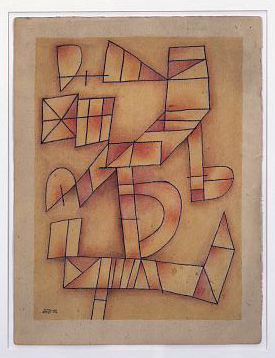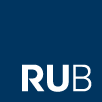
37,5 x 38 cm

Jan J. Schoonhoven 1914–1994
Reliefs and Drawings 1941–1991 January 24 - April 19, 2015
In June 2014 Jan J. Schoonhoven would have celebrated his hundredth birthday. Due to this occasion, Situation Kunst (für Max Imdahl) is dedicating an exhibition to the work of the Dutch Zero-artist, which invites to rediscover the several development stages of his worldwide known and multifarious oeuvre.
The Delft born and lifelong resident was internationally recognised in the early 1960s for his serial, monochrome white papier-mâché reliefs. They consist of everyday material, such as corrugated cardboard, paper and wood, overly painted with white latex colour. For already 25 years Situation Kunst has been home to this type of work and dedicated Schoonhoven a specific room as part of its permanent exhibition.
Now this ensemble will be extended by a rare cardboard layering from 1964 and an extraordinary group of 10 early, small-sized reliefs. This group of reliefs from 1962 displays experiments of new forms of expression from a time that was questioning the social function of art. Two decades after World War II traditional limits of definition of art forms were lapsing.In view of Schoonhovens oeuvre, the ten reliefs reveal a stage of a systematic development of his monochrome serial pictorial world. With concentrated introduciton and multiply varied, you can find those form principles that will affect all following reliefs.
Besides the significant complex of the reliefs, the exhibition also focuses on the exceptional graphic work, where also less known facets are featured. Early and not yet exhibited graphics give important art historical cross-references to developments of classical modernism. A comprehensive selection of the familiar grid-like arranged graphic and rather painted or calligraphic implemented papers complete the exhibition. It will give an insight view on Schoonhovens concentrated and systematic work progress that was constantly linked to humanistic thinking.
The exhibition will be accompanied by a catalogue, 96 pages, hardcover, with numerous images as well as essays by Richard Hoppe-Sailer, Maria Schulte and Silke von Berswordt-Wallrabe.

